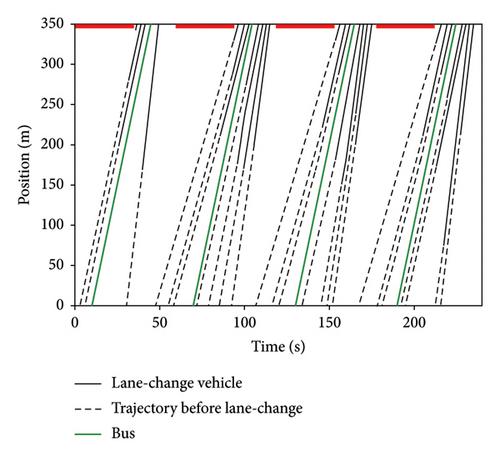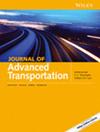A Trajectory-Based Control Strategy with Vehicle Cooperation and Absolute Transit Priority at an Isolated Intersection
Abstract
The Dedicated Bus Lane (DBL) is often adopted to ensure transit priority. This is because transit priority can effectively mitigate congestion at the signalized intersection. However, the DBL would cause heavy sacrifices from general vehicles when the frequency of buses is low. To address this issue, many studies were proposed to reduce general vehicles’ sacrifice by converting DBLs into Bus-Priority Lanes (BPLs). Such BPLs can be intermittently open to general vehicles. However, these studies cannot ensure absolute transit priority when general vehicles access BPLs. With the advance of Connected Automated Vehicle (CAV) technology, this paper proposes a Trajectory-Based Control (TBC) method for connected automated traffic to approach signalized intersections considering absolute transit priority. A TBC controller is designed to control general vehicles’ trajectories to access BPLs without interference with buses. The TBC controller can balance the multiple cost factors and ensure absolute bus priority. The proposed TBC controller is evaluated against the noncontrol baseline and the state-of-the-art TBC. Sensitivity analysis is conducted under four different congestion levels. The results demonstrate that the proposed TBC method outperforms and has benefits in improving throughputs and fuel efficiency and reducing delays.


 求助内容:
求助内容: 应助结果提醒方式:
应助结果提醒方式:


